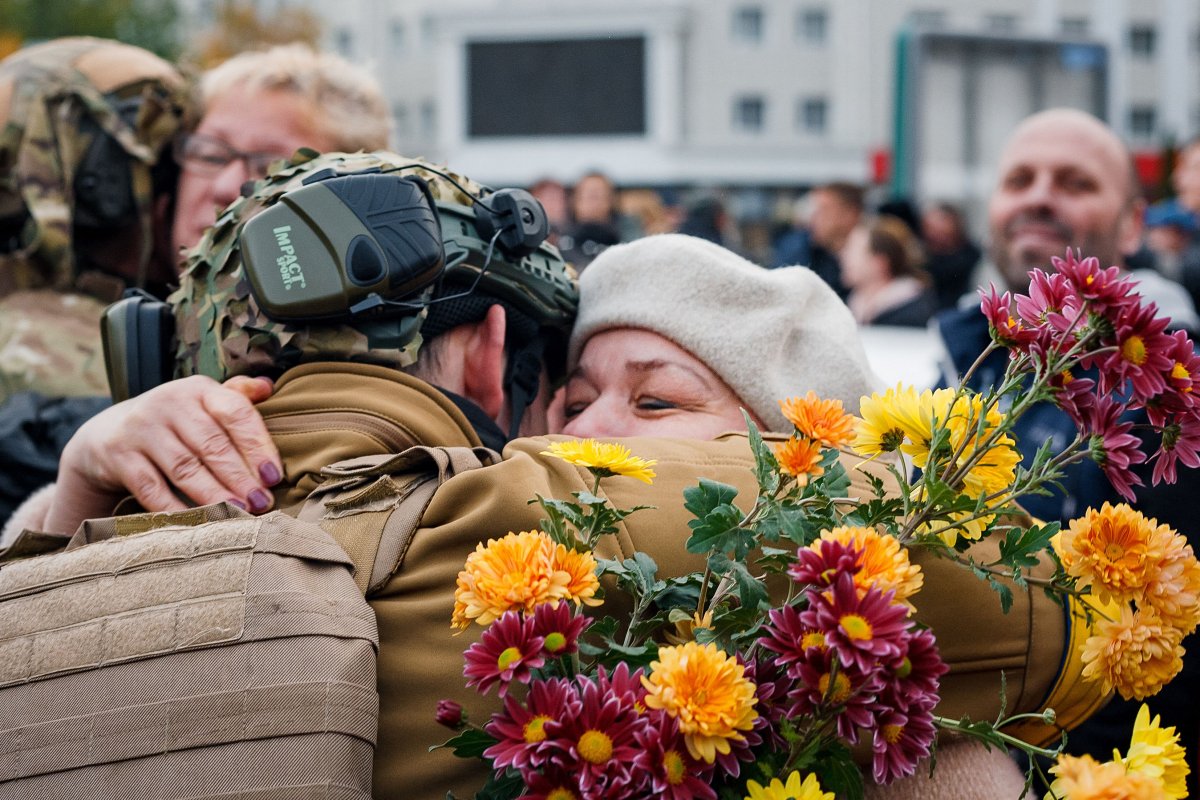Ukraine's success in pushing Russian troops out of the key city of Kherson in southern Ukraine can be largely credited to United States-supplied HIMARS weapons, the Institute for the Study of War (ISW) said in its latest assessment.
The U.S. think tank said on Sunday that Kyiv's success resulted in large part from the Ukrainian Armed Forces' innovative use of the HIMARS precision rocket system to disrupt Russian supply lines.
Ukraine's "Kakhovka" task force previously credited HIMARS with assisting its troops in destroying almost all the large Russia-controlled bridges in the southern Kherson region, something which largely cut Russia's forces off from vital supplies of weapons, military equipment and personnel from the annexed Crimea region.
Ukraine has also used the weapons to strike supply and ammunition depots, and command headquarters.

The ISW said that while the HIMARS munitions the United States has given Ukraine are not suitable for destroying bridges given that their warheads are too small and are not optimized for such strikes, Ukraine was able to work around this.
Ukraine's Armed Forces (UAF) "developed a tactic to work around that limitation by conducting multiple precision strikes across the key Antonivskiy Bridge and the road that ran atop the Kakhovka Dam in such a way as to break the roadways in a line across them, rendering them unusable without actually destroying the bridges' infrastructure (or badly damaging the dam)," the think tank said.
Ukraine's troops continued to strike the bridges as the Russians sought to repair them, targeting the repair equipment as well as the roadways until the Russians finally gave up, experts noted.
Russian forces also attempted to construct a pontoon bridge under the Antonivskiy Bridge as mitigation, but Ukraine's military attacked that effort as well, causing the Russians to abandon it.
"The Russians were left at the end with barges ferrying supplies, equipment, and reinforcements from the east to the west bank. The UAF attacked the barges and landing areas as well, but the ferry system was in any case insufficient to supply the 20,000-some Russian mechanized troops trying to hold their lodgment on the western bank of the river," the ISW said.
During his visit to Kherson on Monday, Ukrainian President Volodymyr Zelensky thanked allies and the U.S., saying HIMARS had made a big difference.
He also spoke to soldiers, saying Ukraine is "moving forward" and ready for peace, and oversaw an official flag-raising ceremony.
The president said it was vital for him to visit the city and demonstrate that "we are really coming back, we are really raising our flag."
"I am very happy, it can be seen from the reaction of the people, their reaction is not staged. The people were waiting for the Ukrainian army, for our soldiers, for all of us," Zelensky said.
Newsweek reached out to Russia's foreign ministry for comment.
Uncommon Knowledge
Newsweek is committed to challenging conventional wisdom and finding connections in the search for common ground.
Newsweek is committed to challenging conventional wisdom and finding connections in the search for common ground.
About the writer
Isabel van Brugen is a Newsweek Reporter based in Kuala Lumpur. Her focus is reporting on the Russia-Ukraine war. Isabel ... Read more
To read how Newsweek uses AI as a newsroom tool, Click here.








